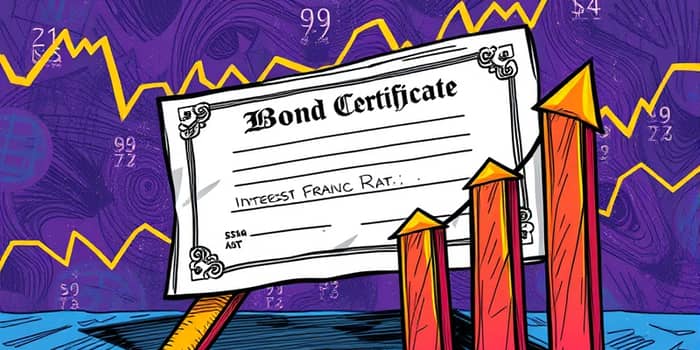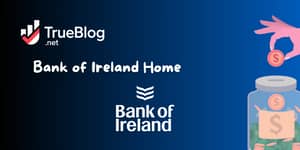
Callable bonds offer a powerful way to align fixed income investments with shifting market rates, turning potential pitfalls into strategic opportunities.
Callable bonds, sometimes known as redeemable bonds, carry an embedded call option feature that grants the issuer the right to redeem the debt before its scheduled maturity. This feature is explicitly defined in the bond’s prospectus, including the timing, pricing, and any extra compensation known as a call premium.
Investors receive periodic coupon payments, but must navigate an initial call protection period—typically lasting three to ten years—during which the issuer cannot exercise its redemption right. Once that period ends, bonds can be called at specified dates and prices.
Interest rate fluctuations directly influence issuer behavior and investor outcomes. When market rates decline below a bond’s coupon rate, issuers have a strong incentive to refinance at lower cost, calling their higher-coupon debt and reissuing cheaper bonds.
This dynamic creates a scenario where investors may face substantial reinvestment risk exposure, as they receive their principal back early and must reinvest in a lower-yielding environment. In contrast, when rates rise, the likelihood of a call diminishes, allowing investors to continue collecting an a significantly higher coupon rate than newly issued debt.
Understanding these outcomes empowers investors to position callable bonds as tactical instruments:
Evaluating callable bonds requires going beyond the traditional yield to maturity (YTM). Investors must also calculate the yield to call (YTC), which assumes the bond will be redeemed on its first call date. Comparing these two metrics reveals potential return scenarios and helps anticipate issuer actions.
The following table contrasts key valuation measures for a hypothetical callable bond:
Assessing both YTM and YTC allows investors to estimate returns under different interest rate paths. A bond trading at a discount may offer a YTC that exceeds its YTM, but in most cases, a high-coupon bond’s YTC will fall below its YTM once rates drop.
Callable bonds blend advantages and potential drawbacks in a single instrument. Issuers benefit from flexibility, while investors can capture attractive yields—but at the cost of certain risks.
Unlike non-callable bonds, whose price appreciation is unbounded as rates fall, callable bonds exhibit a ceiling on gains. That means investors seeking maximum capital appreciation may find non-callable alternatives more appealing during sustained rate declines.
Well-informed investors deploy callable bonds to express a view on rate direction and portfolio positioning. In environments where rates are stable or expected to rise, callable bonds become especially attractive, since calls are unlikely and investors continue benefiting from diversified fixed income portfolios that include higher-yielding issues.
Institutional managers often adopt a dynamic tactical allocation approach to overweight callable issues when anticipating rising yields. Conversely, in anticipated rate cuts, they may lighten exposure, mitigating substantial reinvestment risk exposure.
Other factors to consider include issuer credit quality, call schedules, and macroeconomic outlook:
Integrating callable bonds effectively begins with thorough due diligence. Investors should scrutinize offering documents for specific call features and map out multiple scenarios to gauge potential returns. Key considerations include:
By combining callable bonds with straight debt and other asset classes, investors can build resilient portfolios that harness both yield enhancement and risk mitigation.
Callable bonds present a nuanced, yet powerful tool for investors seeking to navigate interest rate volatility. With an embedded call option feature always present, understanding the interplay between coupon levels, call schedules, and market rates becomes essential.
By carefully weighing yield-to-call against yield-to-maturity, anticipating issuer behavior, and diversifying across call features, investors can transform potential drawbacks into opportunities for enhanced income. Whether you are an individual income seeker or a portfolio manager implementing a precise yield-to-call calculation method, callable bonds can contribute meaningfully to a robust, adaptable investment strategy.
Embrace the flexibility of callable bonds, align them with your rate outlook, and benefit from the price compression effect insights and reinvestment strategies that distinguish sophisticated fixed income investing.
References













